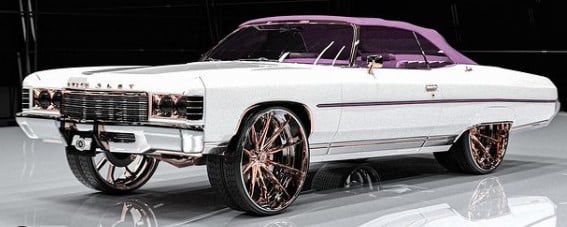Sign up now to join the JEGS email newsletter and be the first to learn about new products, special deals and e-mail only offers!

When it comes to high-performance vehicles, understanding the intricacies of steering and suspension systems is crucial. One term that often comes up in automotive discussions is bump steer. But what exactly is bump steer, and why is it important? In this article, we'll delve into the mechanics of bump steer, its causes, and how to address it for optimal vehicle performance.
Bump steer refers to the phenomenon where a vehicle's wheels steer themselves without input from the steering wheel, typically as the suspension moves up and down. This can happen when driving over bumps, dips, or uneven road surfaces. The term "bump steer" is derived from the fact that the wheels can turn or "steer" as a result of "bumps" in the road.
Bump steer occurs due to changes in suspension geometry. When the suspension moves up or down, it can cause changes in the length and angle of the steering linkage. These changes can lead to unintended steering movements. The main components involved in bump steer include:
Several factors can contribute to bump steer, including:
Sign up now to join the JEGS email newsletter and be the first to learn about new products, special deals and e-mail only offers!

Drivers experiencing bump steer may notice the vehicle pulling to one side when driving over bumps or during suspension compression and rebound. This can make the vehicle feel unstable and difficult to control, especially at high speeds or during aggressive driving.
To reduce or eliminate bump steer, consider the following steps:
Understanding and addressing bump steer is essential for maintaining optimal vehicle performance and handling. Whether you're a casual driver or a motorsports enthusiast, knowing how to identify and correct bump steer can make a significant difference in your driving experience. At JEGS, we offer a range of suspension components and expert advice to help you achieve the best performance from your vehicle. Visit our JEGS.com brand page for more information and to explore our products.



